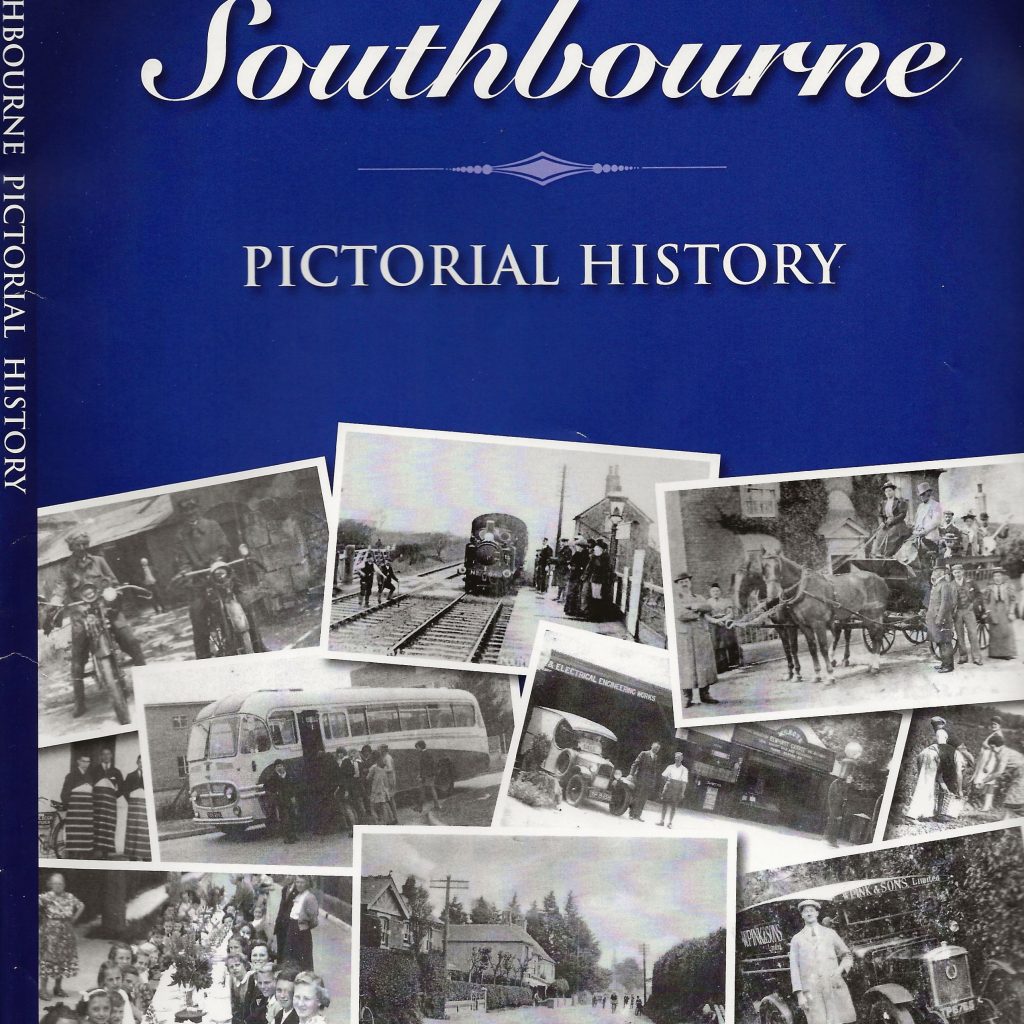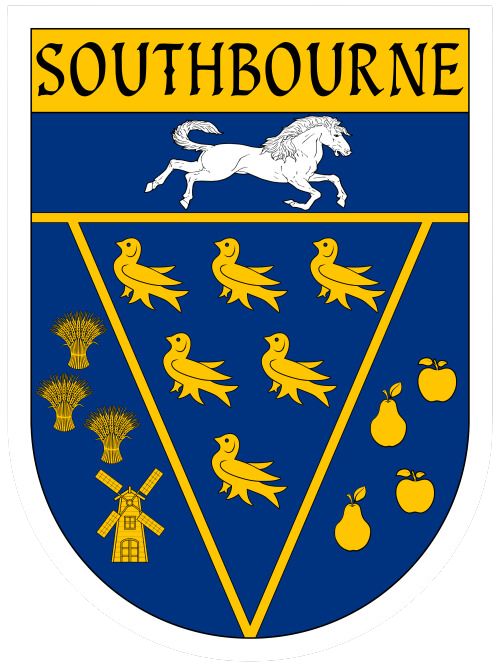Introduction
A bit about me, I left school at 15 and worked for 46 years (48 if you count my paper round).
I did accounts, which were one of the first things to be computerised in an office,
so I've used a computer every day since 1980.
I moved from Guildford in 1963 and lived at Cowplain for 41 years.
In 1982 I came to work in Emsworth and then Nutbourne, and did so until 2001.
I moved to Prinsted in 2004 and then worked in Emsworth until 2006 when I retired.
My interest in our local history began when, as an Infant School governor
in 2007 Community Cohesion appeared in the Ofsted Inspection.
Local History is on the curriculum, but there was just one book in the library "Bourne in the Past"
by Revd J.H. Mee, which covered the Westbourne area.
Revd John Henry Mee (1853-1918) was the son of the Revd John Mee, rector of Westbourne.
He was a gifted musician and academic, holding posts at Merton and the Queens Colleges, Oxford and serving as Precentor at Chichester Cathedral (with responsibility for the music there).
My efforts to record Southbourne History are simple in comparison, nothing academic from me.
Southbourne History
Introduction for the Southbourne Pictorial History Book
The advent of the millennium created a great deal of interest in local history and many communities decided to record the history of their community in book form. Most villages and parishes did books as there were grants available. However, Southbourne did not benefit from this opportunity and no book was produced. In 2009 four residents decided to remedy this lack of recorded history and produced a Pictorial History Book which went on sale in October 2010. Despite being told at a PC meeting that it wouldn't sell as there was no community spirit due to the shape of the Parish, I printed 1000 copies, 500 of which were sold in the few weeks before Christmas 2010. We were now in profit.
The remainder were sold in 2011 and in early 2012 we gave £2500 to the Village Hall refurb, £750 to Sea Scouts and £500 to Guides.
Following a boundary change it was updated in 2018. I did a reprint which excluded the part of Nutbourne now in Chidham, but included information about the WW1 Aerodrome and Fraryhurst etc.
The 2011 Census records the parish had a land area of 1068.36 hectares (2639 acres), (prior to the Chidham Boundary move) 6261 people lived in 2595 households of whom 2762 were economically active. The Parish did a Neighbourhood Plan between 2013 and 2015 when we had a referendum on 5th November. The plan accommodated 350 dwellings within the Parish. In 2013 the HELAA prepared for Southbourne Parish by CDC and on their website, identified developable land for 3000 homes. It doesn't mean the land is available, but it is considered developable. In 2018 the Parish Council commenced a 5 year review of the plan, having to accommodate 1250 houses.
The parish extends from the Hampshire border at the western end of Hermitage Bridge in the west, to the boundary with Chidham parish in the east. This eastern border was changed in 2014. The Parish includes Slipper, Hermitage, Lumley, Thornham, Prinsted and western Nutbourne. Thorney Island, although in West Sussex and Southbourne Parish, is administered by the Ministry of Defence.
The photographs have come from a variety of sources. A vast number from the personal collection of Geoff Bell, but many others from numerous local people who have kindly lent their precious photographs to be copied.
Without the input of many residents this website would have been nowhere near as comprehensive as it is. The people who have contributed to the local history are too numerous to remember let alone mention, but I would like to thank them all very much for their contribution.
Recognising how important history is I hope, by creating a permanent record, people appreciate that Southbourne does have a community with a history. We aren't just a place you pass through. The one with the funny painted island by the Church.
In case you wonder why it's me doing it again, it's a case of having to.
In response to a request by the Parish Council in 2022 for suggestions as to how they could spend a designated Art Project fund, I went to their monthly meeting to suggest a written or audio history as something that would benefit the community.
I could give them the names of 10-12 residents that have stories to tell and I had all the scanned photos and typed articles.
This did not meet with a favourable response, even though it was a suitable use of the funding.
I was told by one councillor that if I wanted it, to do it myself.
So a repeat of 2010, when I was told the book wouldn't sell, I am again doing it myself.
I felt I should explain why I have done both the history book and now a website.


